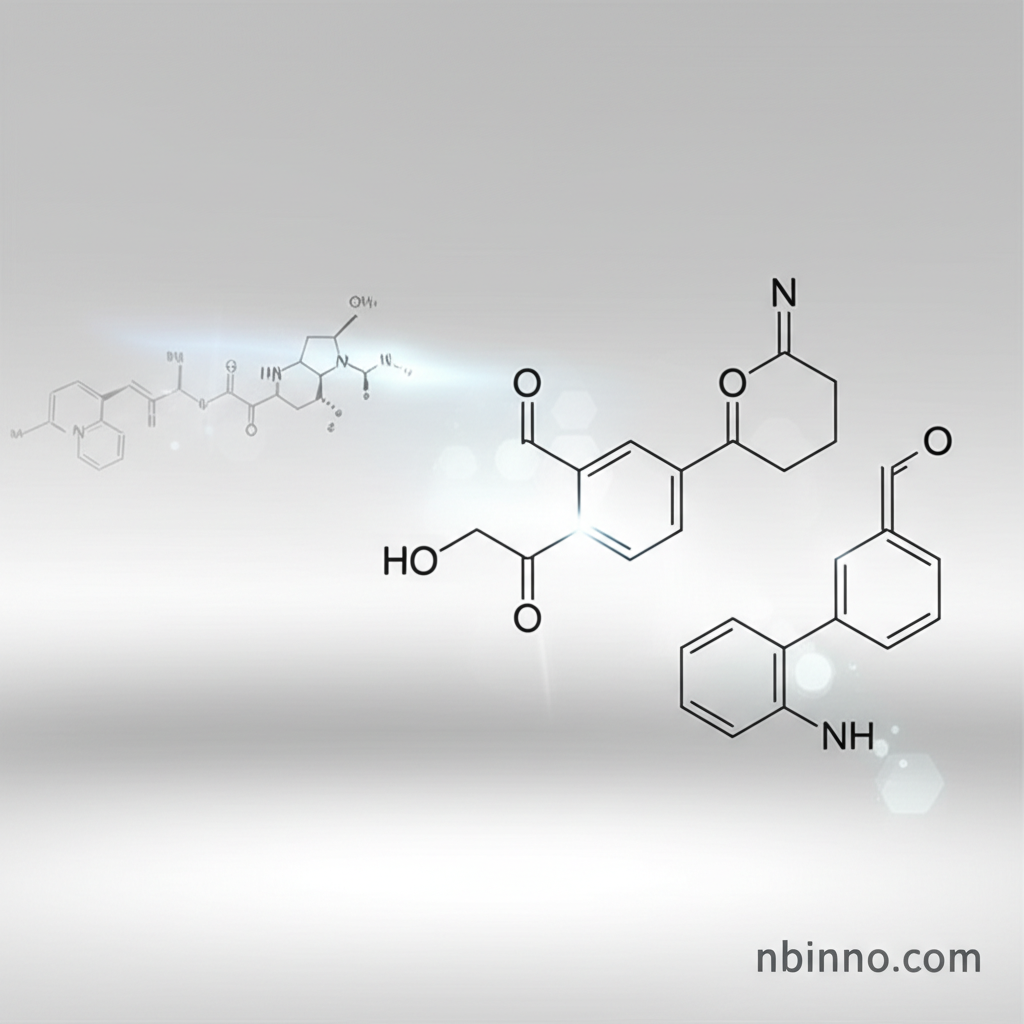Unlock Next-Generation Electronics with Advanced Carbazole Derivatives
Discover high-purity materials for superior OLED and OPV performance.
Get a Quote & SampleProduct Core Value

9'-(Anthracen-2-yl)-3,3'',6,6''-tetra-tert-butyl-9'H-9,3':6',9''-tercarbazole
This advanced organic compound, identified by CAS No. 1332640-08-0, is a critical component for the development of cutting-edge organic electronic devices. Its intricate molecular structure, featuring a combination of anthracene and multiple tert-butyl substituted carbazole units, offers unique electronic properties crucial for enhancing the performance and longevity of OLEDs and OPVs. With a guaranteed purity of 97% minimum, it ensures reliable and consistent results in demanding applications.
- Explore the potential of 9'-(Anthracen-2-yl)-3,3'',6,6''-tetra-tert-butyl-9'H-9,3':6',9''-tercarbazole CAS 1332640-08-0 in your next project. Its specific molecular design is engineered to optimize charge transport and energy transfer processes.
- Leverage high purity organic electronics for superior device efficiency. The stringent purity standards of this carbazole derivative minimize performance degradation and ensure predictable outcomes.
- Investigate carbazole derivatives for OPVs. This material is particularly suited for Organic Photovoltaics (OPVs), contributing to improved power conversion efficiencies.
- Discover advanced electronic materials applications. Its versatile properties make it a key material for researchers and manufacturers pushing the boundaries of electronic innovation.
Key Advantages
Exceptional Purity
Benefit from a minimum purity of 97%, ensuring predictable performance and reducing variability in your organic electronic device fabrication.
Tailored for OLED/OPV
This material is specifically designed for OLED and OPV applications, offering optimized electronic and photophysical properties to enhance device efficiency and stability.
Complex Molecular Architecture
The unique combination of anthracene and tert-butyl substituted carbazole moieties provides excellent charge mobility and energy transfer characteristics, vital for high-performance devices.
Key Applications
Organic Light-Emitting Diodes (OLEDs)
As a high-purity organic semiconductor, it can be utilized in various layers of OLED devices, potentially as a host material or charge transport layer, contributing to brighter and more efficient displays.
Organic Photovoltaics (OPVs)
Its electronic properties make it a suitable candidate for active layers or interface engineering in OPVs, aiming to improve power conversion efficiency and device stability.
Advanced Electronic Materials Research
This compound serves as a valuable tool for researchers exploring new frontiers in organic electronics, enabling the development of novel devices and functionalities.
Specialty Organic Synthesis
It represents a complex organic synthesis achievement, showcasing the capabilities in producing intricate molecules for specialized high-tech applications.
Related Technical Articles & Resources
Why Choose Us?
Leverage our expertise and state-of-the-art infrastructure to accelerate your journey from discovery to commercial success.
Global Experience
With 20 years of R&D, manufacturing, and sales experience, we proudly serve clients across 60 countries and regions worldwide.
Advanced Facilities
Our in-house R&D laboratory, pilot platform, and large-scale production workshop are equipped to meet the audit requirements of global customers.
Seamless Scalability
We facilitate a perfect transition from small-scale lab requirements (grams) to full commercialization (hundreds of tons).
